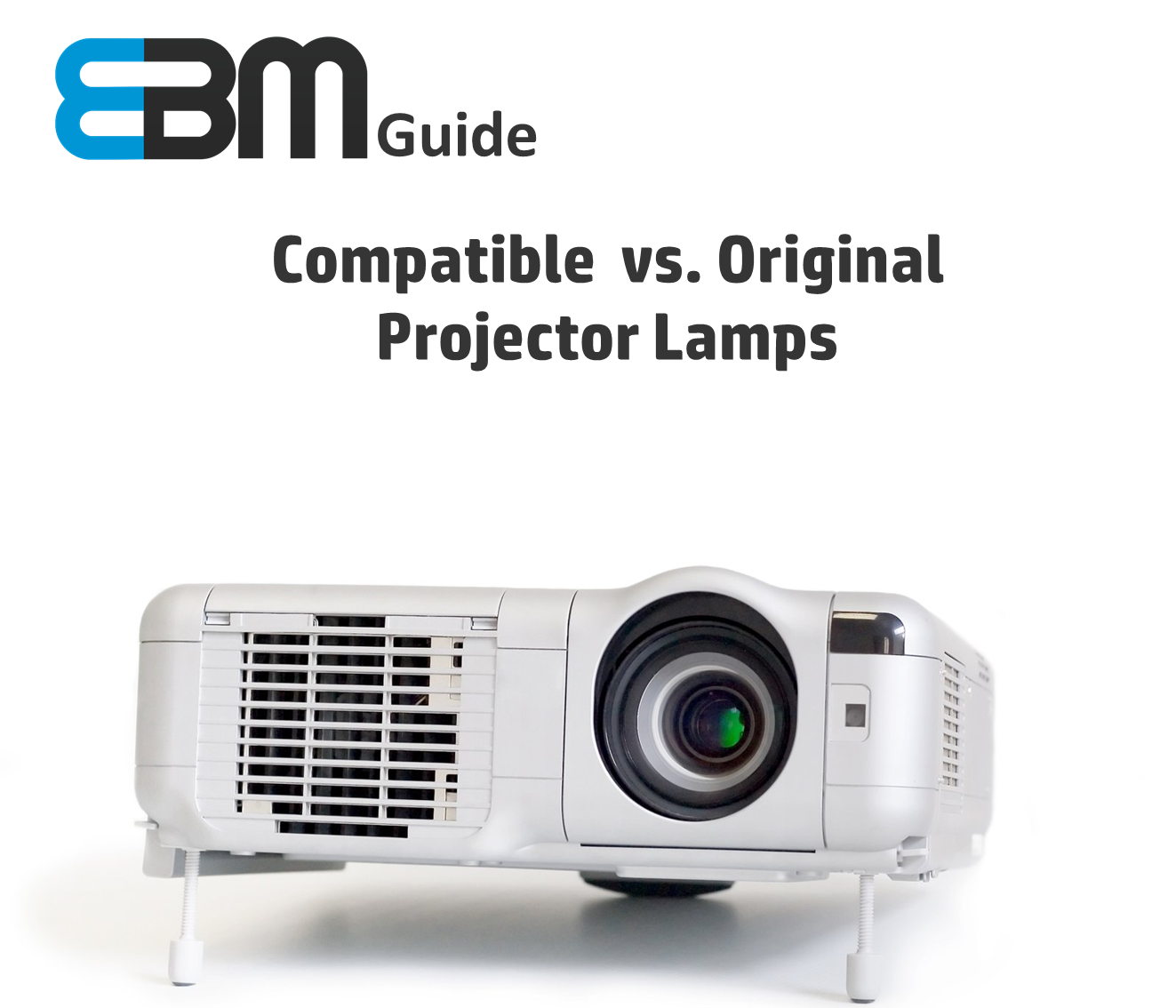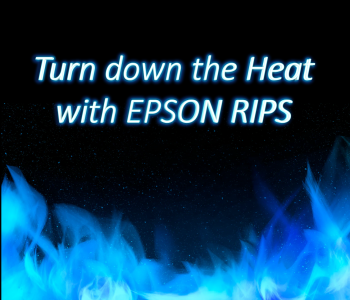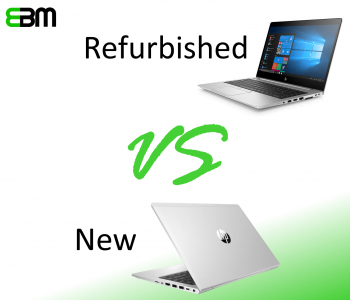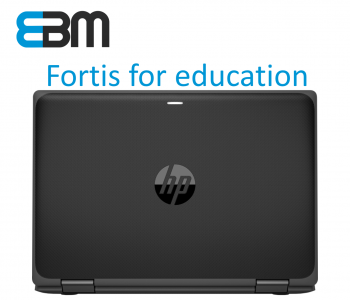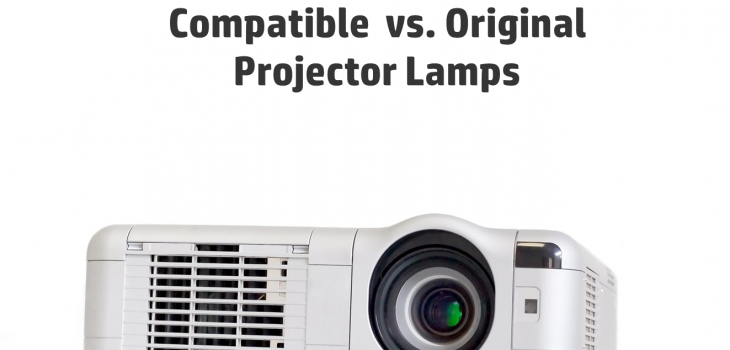 Updates
Updates
Compatible vs. Original Projector Lamps

You will probably find all manner of terms used to describe the lamps being sold; genuine, genuine original, genuine compatible, original inside, original. It can get quite confusing.
In reality there are just 3 types of replacement projector lamp and the costs can vary enormously.
- The most cost-effective range is usually a ‘compatible’ lamp
- Mid-priced lamps are generally ‘original inside’
- The most expensive lamp is usually an ‘original’, these are sold by the original projector manufacturer and often cost hundreds more than a compatible.

Which one should you choose?
Let’s take a quick look at all 3 so that you can make an informed choice:
Compatible lamps. They are 100% compatible (bulb & housing), and are manufactured under stringent quality and design processes to ensure they are of the highest quality. This means the lamp life and brightness is comparable to the original lamp.
Without compromising on quality, these come with a 120 day ‘no quibble’ warranty, offering peace of mind without the expense.
Original inside lamps. This means a genuine bulb inside a compatible housing. We recommend VIVID lamps. VIVID uses the same bulb as the original projector manufacturer. This guarantees identical performance but at a much lower cost than an original lamp.
Using a manufacturers genuine bulb housed within high quality housing, ensure each lamp is as bright as the first time your projector was turned on. These lamps carry a genuine bulb, exactly the same as the original manufacturer and often come with a 180 day ‘no quibble’ warranty.
Original Lamps. These can be referred to as ‘genuine’ lamps, OEM etc. They are the manufacturers original lamp. This means a genuine bulb inside a genuine housing. Original lamps are usually much more expensive than either compatibles or original inside, sometimes costing hundreds of pounds more. Also, the warranty period is up to 2 years.

Getting the most out of your projectors:
To get the most out of whichever lamp you choose follow these 8 simple steps:
- Never unplug your projector immediately. Most projectors have an internal fan that continues to run even though it’s been switched off. Always allow it to cool down before unplugging. We suggest you leave it plugged in for at least 15 minutes before unplugging.
- Avoid switching the projector on and off repeatedly, this can cause the lamp to fail prematurely.
- Avoid moving the projector when it’s in use, or cooling down after use. Hot lamps are very fragile, any shock movement or vibration may cause the lamp filament to break.
- Clean your projector on a regularly. Especially the filter, blocked filters can make the lamp overheat and fail far sooner than they should normally. Always ensure the power cord is disconnected before attempting to clean any part of the projector. Use a vacuum cleaner and the use of compressed air to blow out and trapped dust and debris. Change the filter if it cannot be cleaned.
- Use economy mode whenever possible, this can considerably extend the life of the lamp.
- Never obstruct and air vents, and ensure there is sufficient space around the projector for air to enter, and leave, the projector.
- Never touch any part of the bulb with bare hands, wear gloves. Oil and deposits on your hands and fingers can hot spots, which will lead to early lamp failure.
- Test a new lamp for approx. 10-20 hours shortly after purchasing it. Most failures will occur within the first few hours of operation.

Disposing of old lamps:
Most projector bulbs contain highly pressurised chemicals required to create the very bright light we expect from a projector bulb. One particular chemical used is Mercury, a highly toxic heavy metal.
Please be responsible. You MUST recycle your old projector lamps according to your local council or environmental health department’s guide on how to dispose of products that contain mercury.
